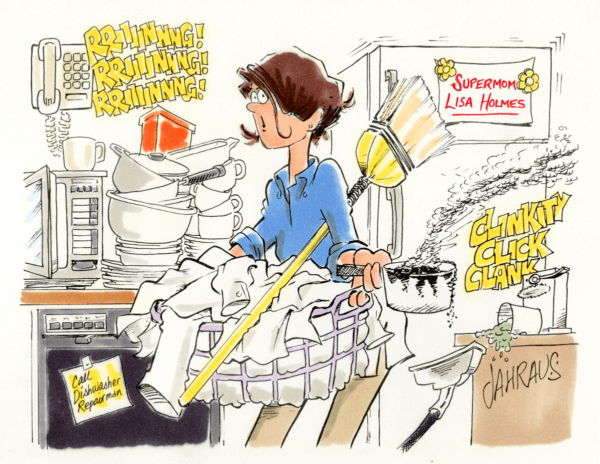This week we watched the documentary called “Disclosure” which I found insightful and moving. The documentary was about the transgender community and their lives where society makes it difficult. The documentary starts by showing many images moving fast, different types of people, from different backgrounds. I found this powerful because it is showing the audience how big the LGBTQ community is. The documentary showed the highs and the lows of the community. While the community is getting more representation in acting, modeling, government positions; there are still setbacks from our society. For example, when Oprah Winfrey asked the transgender model “how does she cover her penis so it’s not noticeable” I thought that was disgusting. I do not understand how that question was appropriate to ask! I can maybe understand what she tried meaning but the way it was said (in front of an audience) was inappropriate, rude, and embarrassing. Another time this happened in the documentary was when the transgender model was meeting with a talk-show host and she asked her something very private. The transgender model recently underwent surgury. I think the host was wrong and again the way it was said came out wrong. I am glad that after this incident the host learned from the situation and asked how should people in the future speak so it doesn’t sound disrespectful. I think this was a great step forward in helping society change its language. We discussed many times in this class language changes people’s interpretations. I am proud of the models for dealing with that situation with class, and maturity. In addition, my classmate Emely D. snapshot shows a moving image where a woman is crying because there are many fingers pointed at her and asking her private questions. The woman looks afraid and scared of these fingers. Like the fingers are going to hurt her physically or emotionally. I think this future shows how society makes an impact on the transgender community. Nobody should live in fear. I think they did something important, instead of getting upset and fighting they chose to raise awareness of the way society speaks to transgenders. As I continued to watch I also got the feeling of distress, these individuals did not look happy, their smiles looked forced. A lot of the individuals from the transgender community had the similarity of feeling neglected and hated by their society. They all spoke about the way their community was made fun of in media and films. The documentary showed many films and tv episodes where transgenders were made fun of or degraded. It was a lot of immature and what I call “dumb-funny” films. I can see the hurt they felt and their frustrations speaking about their opinion on these films. I’ll be honest I never realized films/tv shows used the transgender community as a joke till I saw this documentary. So I learned something new and I think it’s important because it showed the audience awareness. Many of the individuals giving their perspectives were close to tears. I became emotional as well because they do not deserve to go through that. I was also able to connect with them because I have always been a curvy woman, but back then it was just “fat” and media and films also make fat people-related jokes. It always hurt my feelings to know people see me as “fat” or “ugly.” So I definitely agree society is hurtful towards communities that are not fit to meet the “beauty” our society approves of. This documentary was very moving and it gave me more awareness of things I did not know before. I think this was a great last reading for Gender Women’s studies.
Author Archives: Raquel Hernandez
Snapshot 12
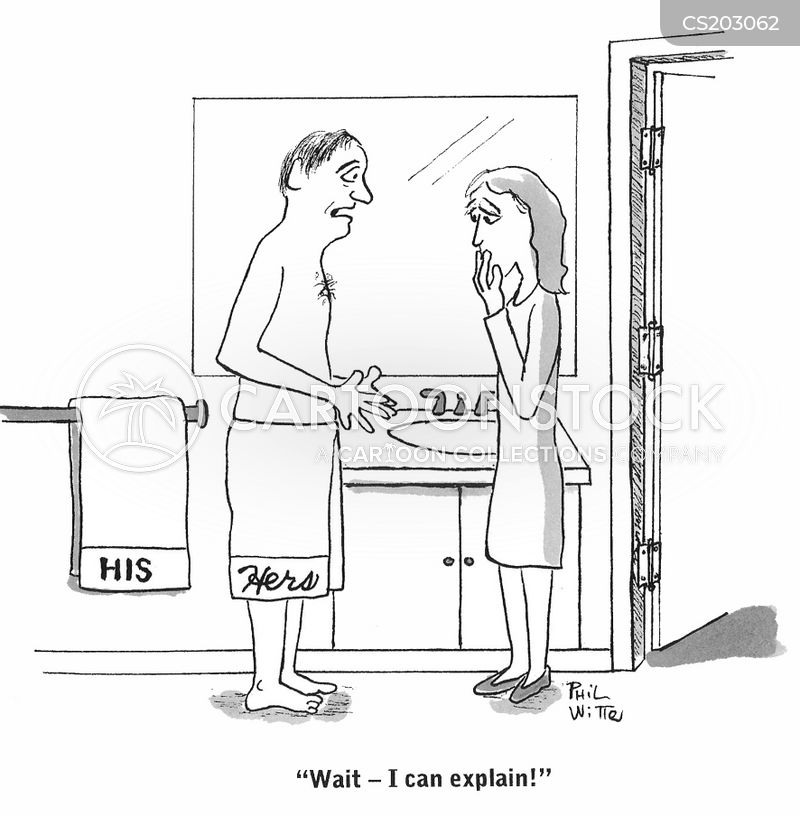
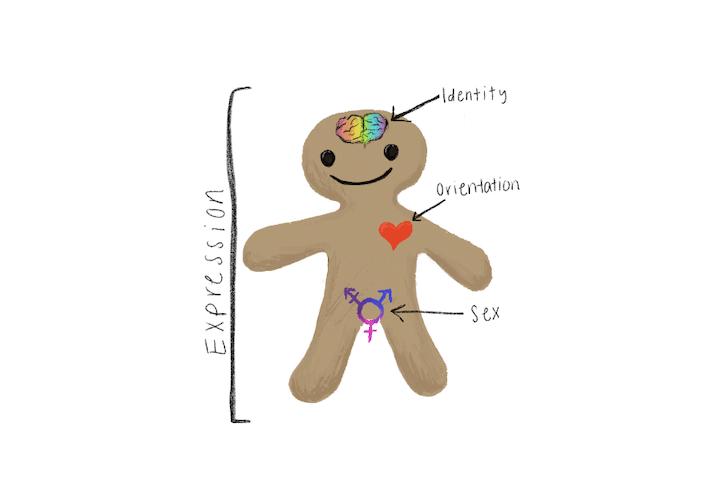
Content response 11
This week we entered a timeless controversial topic: reproductive rights/justice. This week we watched one short video called, “Hobby Lobby on Last Week Tonight” and a documentary called, “The Abortion Divide.” The documentary started off explaining the abortion clinic that is shown in the documentary is located in Philadelphia, where it is said the state is divided on reproductive rights/justice. With two sides explaining their beliefs. The pro-life and pro-choice say their sides, throughout the documentary, there were heavy discussions. The first people we hear from are the doctors from the abortion clinic. One doctor explains the women who come to the clinic saying, “women who are young, women who are old, women of all races, women of all religions, women’s first pregnancy, women who have many children already… .” What this clearly shows the audience is that ANY woman can get an abortion and ANY woman does get an abortion(s). I think it also stops the stereotypes that can be heard when abortion is spoken about. For example, I have heard the stereotype that only black women get abortions; which is completely false. Another doctor explains the relationship they have with the patients, they are respectful, welcoming, and comforting. The feel I got is these doctors care for the well-being of their patients.
The documentary continues by telling the stories of women who are getting abortions. These women are brave by agreeing to tell their stories. Many people judge without knowing the circumstances. I think it was very personal and moving hearing these women’s stories. They look genuinely afraid and nervous. One woman named Shaharra came into the clinic to get an abortion. She has four children and could not finically be capable of another baby. This is understandable, babies are not cheap. Another woman Christine shows the emotions women go through in the process of making a decision. It was very emotional, she was receiving an ultrasound and was told she is expecting twins. Immediately hearing that Christine started to cry, and I got emotional seeing this. She is clearly is conflicted and scared. I think it’s very important that the document shows this part. Another stereotype I’ve heard is people assume that women who get abortions are called “heartless” or “soulless.” After hearing that she is expecting twins I believe she felt like the decision was even harder. Her partner is with her named Micah also says this decision is hard. The doctor and nurse were completely understanding and reassured her to take as much time to decide and they are there for her. In the end, both women decided to go through with the abortion. In my classmates’ snapshot, Mitch Tsao shows a photo of women protesting for reproductive rights. I love that in the photo there are women of all types of representation, there are young women, older women, different nationalities. We come together to fight for our rights. I also love the photo shows pure emotion, pure frustration, and pure anger. I understand how frosting and angry I get that as a woman I have to fight for my body rights. It blows my mind. This image connects to the documentary because we’ve seen the struggles that women go through in this difficult process. The image shows women should protect each other, protesting our rights can be a way. The document ends by saying only these women can decide what is best for them, I one hundred percent agree!
The document was also upsetting however because of the people who stand outside the abortion clinic and harass women. I was frustrated seeing old white men are trying to guilt-trip women to change their minds. They call out saying “Your baby has a heartbeat”, “don’t do this”, “there are other options.” What frustrates me is that, why do these men think the doctors in the clinic do not provide that information to the women? Doctors are professionals and give all the information possible to their patients. These women don’t want to hear it from these creepy old men. Sadly, there has to be escorted to help the women safely go into the clinic. The one-man that stays out of the clinic is Dr. Isajiw tries to even persuade the men partners to persuade the women to change their minds. That’s disgusting and so immoral. I agree partners should have a say in the situation because their feelings should be validated. However, in the end, it’s the women’s decision and no woman should have their partner “change their mind.” I was also infuriated at the other clinic “Amnion” in the documentary that provides free services for pregnant women. I did not like the way the clinic was running. When pregnant women would get ultrasounds, this clinic has a huge flatscreen that shows the ultrasound to the patient. I felt like this was honestly propaganda. This clinic is trying to get women to see this is real, this is a baby, they have a heartbeat, you cant have an abortion, they are trying to get the mothers to make that emotional connection that might stop them from getting an abortion. I think it’s just wrong and not professional at all. Their job is to provide health services to women that’s it. Their religious beliefs should not be mixed with health resources because they created biases. It is very frustrating and sad that places like this exist and this is still a debate. It’s nobody’s choice except the woman who is pregnant.
In the short video “Hobby Lobby on Last Week Tonight,” the host John Oliver makes jokes about the Supreme Court ruling hinging on the religious rights of Hobby Lobby and the ways corporations can be more like people. He jokes around saying corporations pick and choose their religion but also want to choose which laws they want to follow. I think John Oliver was very funny but makes valid points through jokes. He wants to address this as an issue.
Snapshot 11
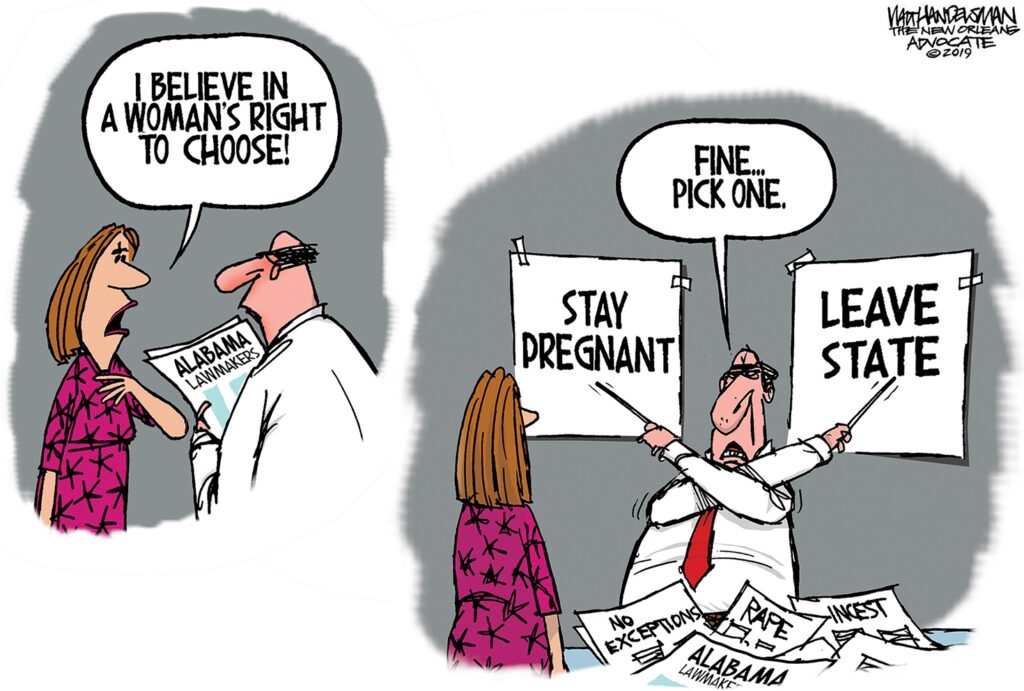
Content response 10
I absolutely loved this week’s readings! In my last content response, I commented that I didn’t feel like other nationalities were represented when speaking on oppression. However, this week gave we had one reading named “Too Latina To Be Black, Too Black To Be Latina” by Aleichia Williams showing the difficulty of other nationalities. The second reading is called “The Power of Identity Politics” by Alicia Garza where the author writes about the prejudice and ignorance of white people’s remarks. I am very passionate about these discussions and I personally enjoyed the readings.
In the reading “The Power of Identity Politics” by Alicia Garza I felt the reading was powerful and to the point. Those are my favorite type of readings. Alicia Garza began the reading by telling the readers about an experience she had. She was at a bar when she overhears a conversation between a white man and a white woman. They are discussing an actor when the white man says the actors’ race (Egyptian) and continues saying that its great actors are getting more representation. To which the white woman responds saying, “He’s a great actor, which is why he should be in more movies — not because he’s a person of color.” This remark on its own is irritating. She completely misunderstood what the white man was trying to address. The white woman continues by saying, “I’m really sick of hearing all of that stuff. Black, White, blah blah blah. We need to stop doing that shit. It really gets on my nerves. When are we going to get around being human!” I had to take a minute after reading after this because my blood was boiling! Because arrogant and ignorant people speak like this ALL the time. This type of talk happens today and it will continue to happen tomorrow. I commend Garza for keeping her cool because I am not the type of person to let things like that go. If you want to speak freely (and others can hear you; especially in public) then be prepared for a debate from me. This kind of talk is disgusting. She completely ignores the issue her friend was trying to make and makes excuses for her community. When are we going to going to get around being human? When everyone in the POC community starts getting treated like human beings that’s WHEN! What do we need to stop? Being proud of our communities being represented? Proud our communities are in high-paying industries? That we are rising to more than the stereotypes? No, we will not stop. Garza continues by obviously describing her discontent with the remarks and explaining what the white woman was ignoring. She was ignoring the brought-up issue that POC are underrepresented. Garza uses her experience to explain the reason remarks like this continue to happen. She gives us insight into the term identity politics which means: identity politics is the radical notion that your world view is shaped by your experiences and history and that those experiences will vary in relationship to the power a group or an individual has in the economy, society, or democracy. Remarks continue to happen because America is built on white identity politics. Garza proves this point by explaining our history, we (POC) have been subjugated for generations. The fact that it is hard to find the right shade of makeup for someone that looks like me, or that there are clothing stores that only go up to a certain size by using whiteness as our representation. The remarks continue because there are those who are ignorant and stubborn to see the reality that the power continues to be held by white people. The political is personal because our voice for the POC community continues to be dismissed.
The second reading “Too Latina To Be Black, Too Black To Be Latina” by Aleichia Williams is a short reading but also powerful. Where Aleichia Williams also explains her experience where she is being forced to choose her identities because they clash. Because her skin color is dark society automatically puts her into the “black” category. However, her nationality is Hispanic and society does not know because they first need to know her. So she has the “Hispanic” and “Black” category and her society is trying to make her choose an identity. Williams refuses and accepts herself as is. I think that is beautiful and the right decision. I feel for Williams because I’ve had a deep discussion with my boyfriend on how he feels because of his mixed race. He is half Kenyan and half Caucasian. He has told me he feels too dark to be part of the “white” category and too “light” to be part of the “black” category. It is unfair and heartbreaking to make individuals feel they need to fit into a category to be accepted. In my classmates’ snapshot, Heatherlee shows a photo of a girl who is going through something similar. On one side she is embracing her curls but she gets commented by the society saying “it’s nappy.” Then on the other side, her hair is slicked back and now society is saying “you don’t love yourself.” It’s unfair to try to win the love of society so do what makes you happy! Society will judge either way.
Snapshot 10
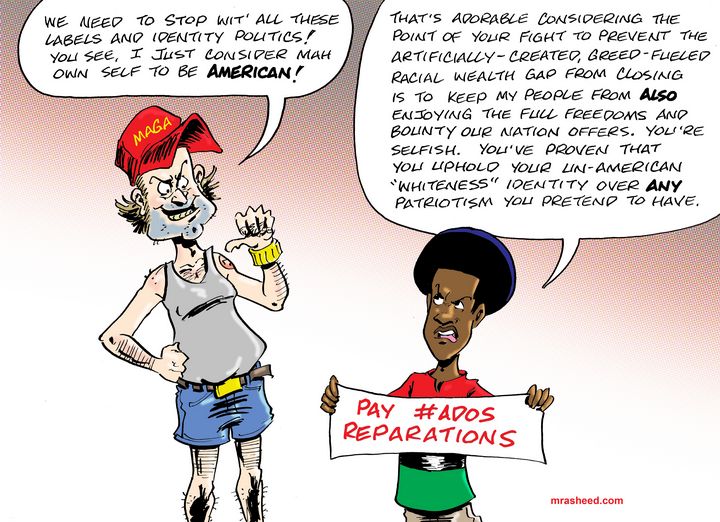
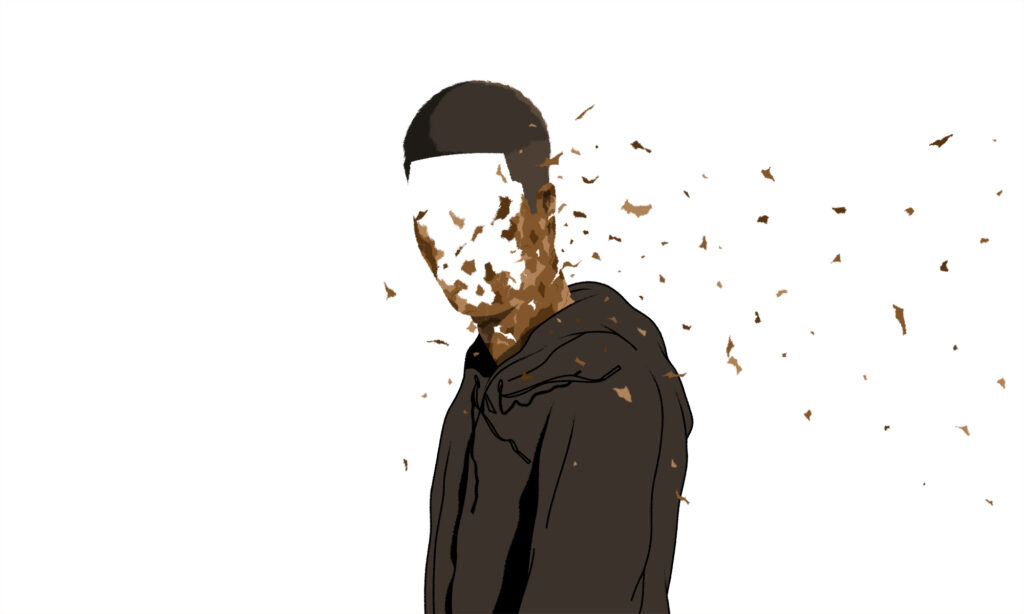
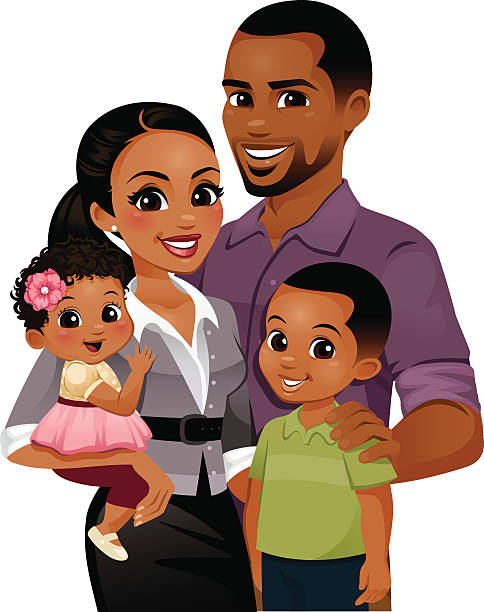
Content response 9
This week we watched a film called, “Burning in Paris” and a reading “The Combahee River Collective Statement” by Combahee River Collective. The reading “The Combahee River Collective Statement” speaks about the black community’s oppression as well as the feminist movement. I personally feel the information is getting repetitive, we have read multiple readings describing the oppression the black community faces, as well as the result of that oppression. In the entire reading, there are 4 focuses. These four major topics in the paper that follow: (1) the genesis of contemporary Black feminism; (2) what we believe, i.e., the specific province of our politics; (3) the problems in organizing Black feminists, including brief herstory of our collective; and (4) Black feminist issues and practice. I found some parts of the readings tedious while other parts contained new information. For example, at the beginning of the reading (1) the genesis of contemporary Black feminism talks about the historical struggle Afro-American women have for survival and liberation. It was similar to a past reading “There Is No Hierarchy of Oppressions” by Audre Lorde. Where the argument is women who identify as multiple communities can not live happily. In this reading, they argued that women who had a specific sexual identity and a racial identity that was struggling determine black women’s negative relationship to the American political system. The reading continues by explaining oppression brings communities together and creates organizations. One of these organizations was National Black Feminist Organization (NBFO). The part of the reading I found interesting, and new information was (4) Black Feminist Issues and Projects. I thought it was interesting that they were listing the issues they worked on sterilization abuse, abortion rights, battered women, rape, and health care. The reading says white women put little effort into the injustices they face, but that they will continue to fight for them. To my understanding, they argue their injustices are also their injustice.
The documentary, “Burning in Paris” was interesting and informative to watch. I think the film was blunt, heartbreaking but also informative on the issues of the era. I was happy Hispanics were represented in the film. It gave us an in-depth look at how the LGBTQ and POC communities lived based on their sexuality and race. The documentary was filmed in the mid to late 1980s and you can clearly see the difference from then to today. The film clearly shows the viewers how these individuals were treated based on their sexuality and race. They created a safe space in their community with the “ballroom” where everyone came to express themselves. Everyone was welcoming and encouraging. People would literally be half-naked and everyone cheered welcoming. People also came to balls showing their fashion, makeup, the colors, the culture was amazing. In addition, my classmates’ snapshot, Isabella Celentano shows photos of women happy and being in the spotlight. They are smiling and have colorful beautiful clothing on. In the background, the crowd is cheering the ladies on. This just proves a support system was created within their community. At that time the LGBTQ community was not accepted socially so seeing this film now when the LGBTQ community is way more acceptable to society was nice to see. The film also spoke about the poverty the community faced. Speaking with individuals getting one-to-one interviews speaking about their day-to-day lives. It warmed my heart many were appreciative of what they had and who they shared their happiness with. I think this film was great to educate others on the struggles the LGBTQ and POC communities faced.
Snapshot
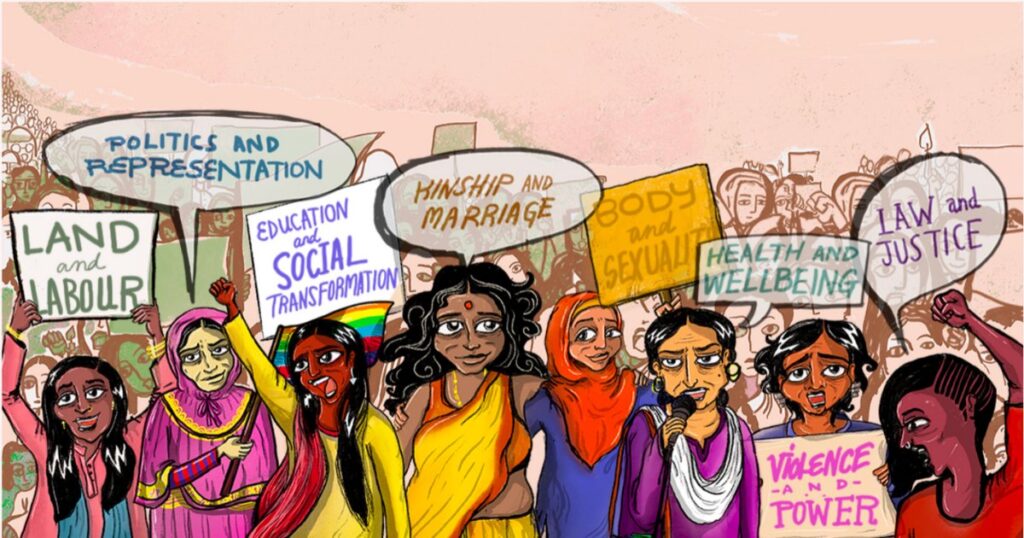
Content response 8
This week we read three articles that were triggering to read but also shocking. To continue the discussion of women’s struggles, this week we were educated on the old stereotypes of what women should do in her life, meaning a housewife. We were also educated on the conversation of a woman’s orgasm. In the first reading, “The Feminine Mystique” by Betty Friedan (1963)” we read about the idea of what a woman should be. At the time women’s dream of being successful in their lives was having a husband, kids, and a household. As we know the term an American housewife. In order to be a housewife, women must have a specific duty and a certain personality. The only duty a housewife must have is kissing their husband’s goodbye, depositing their children at school, and cleaning the household (the kitchen is emphasized). Women were content with this system for a while, being the perfect wife and mother. As a housewife, the highest success to them is having a beautiful house and many children. I personally found this reading irritating because I don’t agree with this idea. However, I am aware that those were different times. The reading continues by explaining the reason women were content with being a housewife, As Betty Friedan said this is called “The feminine mystique.” Society influenced women to not think past becoming a housewife, articles, columns, and books telling women to seek fulfillment as wives and mothers. Friedan concludes by arguing we need to solve the problem of the feminine mystique. The fight is long from over, we need to use our voice, education, and work together.
The second reading, “The Politics of Housework” by Pat Mainardi it was similar to the first reading. The duty of housewives and the lives they live as a housewife. More specifically the issue is that men see housework as a woman’s job. Pat Mainardi argues this by saying women have been conditioned into becoming a housewife while men have not. I agree with this statement based on the first reading. Society has created articles and books encouraging women to be housewives, loving mothers, and supportive wives. Today when we see commercials for cleaning supplies, houses, beauty, we see women. For example the Swiffer commercials, I remember seeing the Swiffer duster being advertised and a woman was dusting the tables, the ceiling fans, and the shelves. Have you ever seen a man dusting off furniture? Mainardi continues by stating housework should be an equal burden to wife and husband. However, Men give many excuses so he does not have to. She gives multiple sugar-coated excuses men often give which have a real deeper meaning that she emphasizes. My favorite line was, “I hate it more than you. You don’t mind it so much.” MEANING: Housework is garbage work. It’s the worst crap I’ve ever done. It’s degrading and humiliating for someone of my intelligence to do it. But for someone of your intelligence…” I love this line because I have heard it before and it makes no sense. This sugar-coated line has no logic, how do you know I don’t hate housework? To continue in order to solve the issue of this annoying mindset, Mainardi says we should start participatory democracy at home. In addition, my classmates’ snapshot, Glory Kalu Wilson shows a picture that seems to look like propaganda. In the photo, it says “Revolution begins in the sink!” This photo sends a clear message as to what Mainardi is saying. Housework should be divided for both men and women. I think in today’s generation we are more vocal about issues like this. For example, my boyfriend and I are speaking about moving in together, and I expressed an important part of what I want if we were to move in together, which is an equal amount of help getting things done around the house. He agreed completely and did not say something men would most likely say in the 1900s.
The last reading was the most interesting to me and I was shocked at the argument. I did not know vaginal orgasm is not real. I was so shocked and confused if this was true so I continued reading and after reading her explanations it did make sense. “The Myth of the Vaginal Orgasm” by Anne Koedt gives us an argument that the sexual life of women is centered on men’s pleasure. Koedt explains that the only way women can achieve orgasm is through clitoris stimulation. She proves her argument by describing women are left unsatisfied and this is called “frigid” because the way men and women receive stimulation are different and don’t overlap. Koedt also proves her argument with anatomical evidence. As a psychology major, I find anything to do with the brain fascinating. So part 22 of the reading Koedt explains how psychological stimulation helps women achieve orgasm. I find it so fascinating that the brain and nerves take part in sexual contact. This is the first reading we have had that spoke for women’s struggles not politically or human rights, but as a women’s needs. I hope we can have more future readings like this.
Snapshot 8
